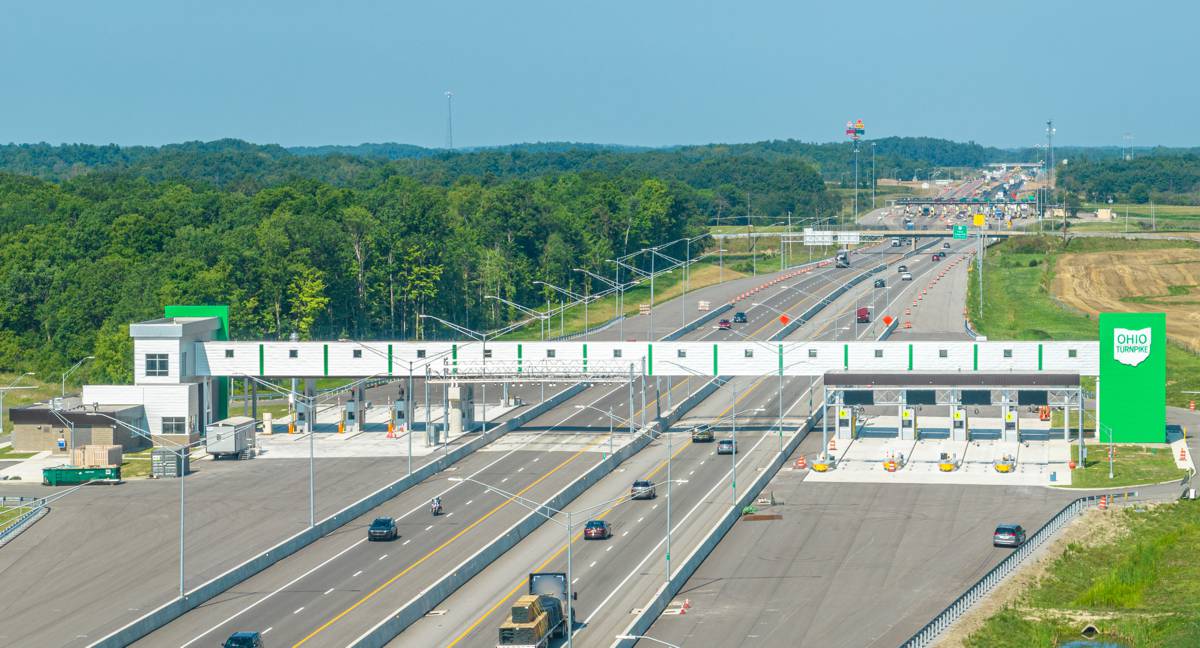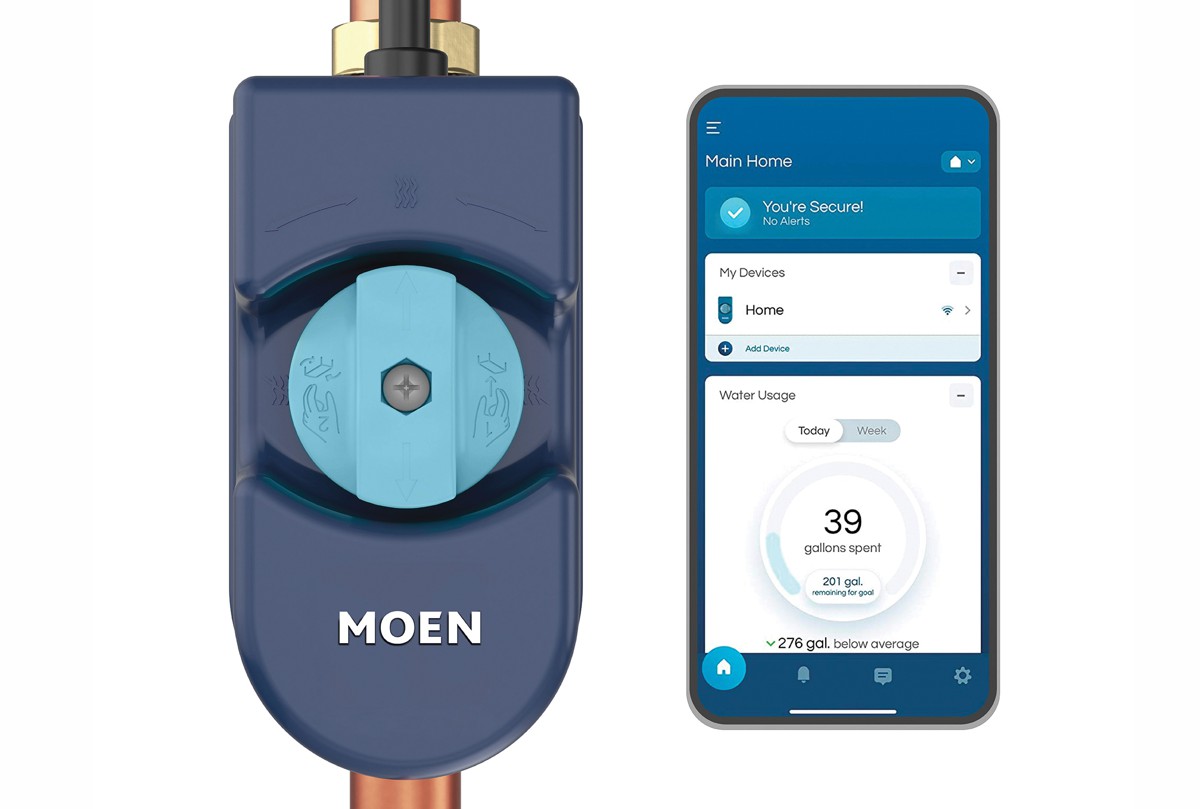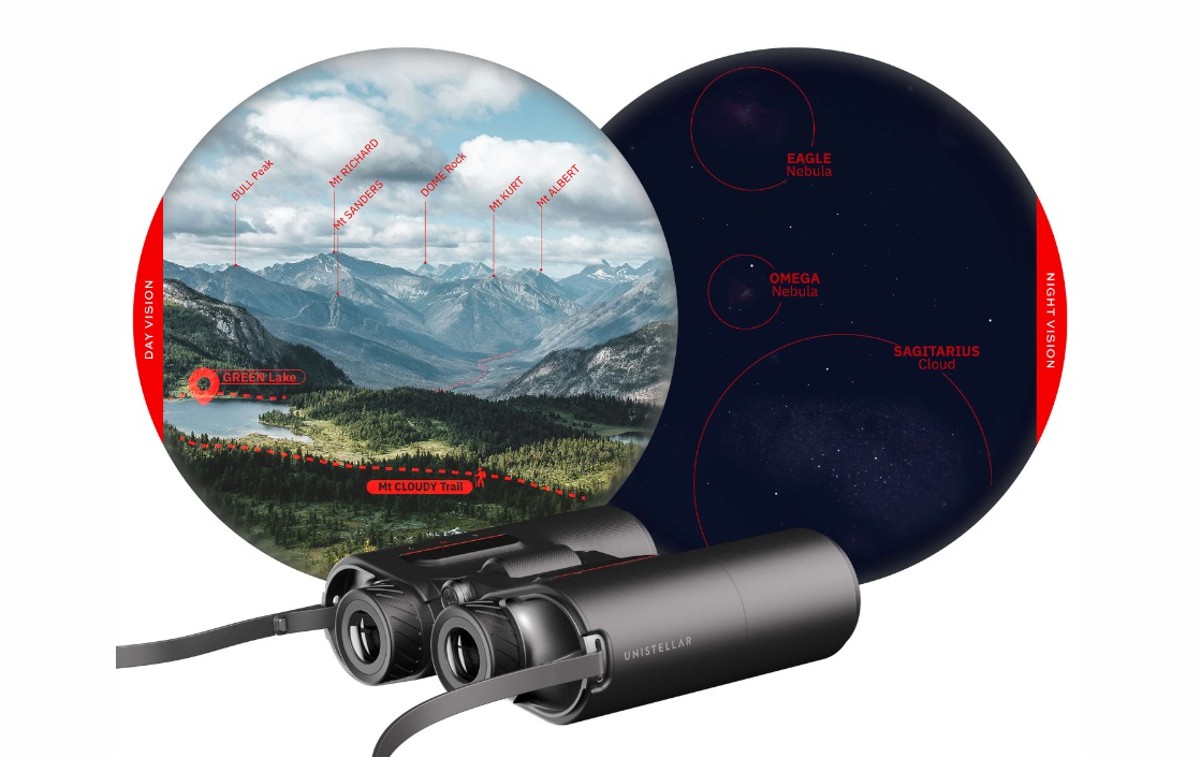Targeting night-time road safety will reduce fatal accidents
The 11th road safety performance index report was released last month. This report monitors progress on the European Union’s commitment to reduce road deaths by 50% between 2010 and 2020, and ranks all EU countries according to the percentage change in road deaths as they work towards this target.
Between 2015 and 2016 the UK achieved a reduction in road deaths of only 4.1%, placing it 24th out of 32 countries included in the ranking. In fact, the UK, along with the Netherlands are the EU countries with the slowest progress since 2010.
Of course, this is in the context of the UK being ranked as having the 4th lowest road deaths per million inhabitants in the EU after Norway, Switzerland, and Sweden, so there is arguably less room for improvement. But that doesn’t mean it can’t be done.
Clearview Intelligence believes that looking for trends in when and where road deaths occur offers the best return on investment and the greatest chance for the UK to meet its commitment to reducing road deaths.
One such trend centres on driving at night. Figures compiled by the Department for Transport (DfT) suggest that driving at night is more dangerous than during the day. In 2015, 41%1 of road deaths happened after dark. Yet, traffic on the road during the hours of darkness represents only 18%2 of all traffic.
Why is driving in the dark more dangerous?
Drivers are more likely to be tired. A lack of concentration due to tiredness or falling asleep at the wheel will contribute to the number of incidents at night. If you nod off for even 5 seconds while driving at 60mph, your car will have travelled over 130m without you in control.
Drink driving is more common at night. 13% of the 1,730 reported road fatalities in 2015 were attributed to drink driving. Most alcohol is consumed in the evening, so this behaviour will contribute to the risks involved in driving at night.
Drivers can’t see in the dark. When it’s dark, drivers are less able to perceive depth, colour and objects in their peripheral vision. It also takes longer to process visual information resulting in slower reaction times and increased stopping distances.
How can we mitigate these dangers?
Raising public awareness of these dangers can encourage people to avoid driving at night unless absolutely necessary.
When driving at night is unavoidable, technology can help. For example, a vibrating steering wheel and alarm to alert drivers who are detected to be falling asleep and lane departure warning systems can help with night time tiredness. Similarly, biosensors are being developed that detect alcohol levels when the driver places their palm on the sensor. If the detected levels of alcohol are too high, the car won’t start.
Overcoming the issue of reduced visibility at night is where Clearview Intelligence can help. Their SolarLite Active Road Studs are proven to increase night time road safety by providing up to 900m of visibility from high-intensity LEDs. This allows drivers more time to respond to hazards on the road ahead. The enhanced view of the road leads to a reduction in erratic driving behaviour, smoother braking along winding roads and up to 70% fewer incidents.
Beyond the road safety benefits, it is less stressful to drive on a route where the road studs are being used because drivers can see further ahead. Commenting on a recent installation on the A1 in Scotland, Councillor Michael Veitch, Chair of the Scottish A1 Action Group stated: “The studs have improved night-time visibility beyond all recognition”.
The studs are solar powered and just a few hours of daylight will provide enough battery power to last several days—more than enough to ensure the system operates every night, all year-round, whatever the weather. They are also fully Type Approved by the United Kingdom Department for Transport.
The nights are already starting to draw in, so get in touch now to understand how you can reduce night time accidents in your area.
















